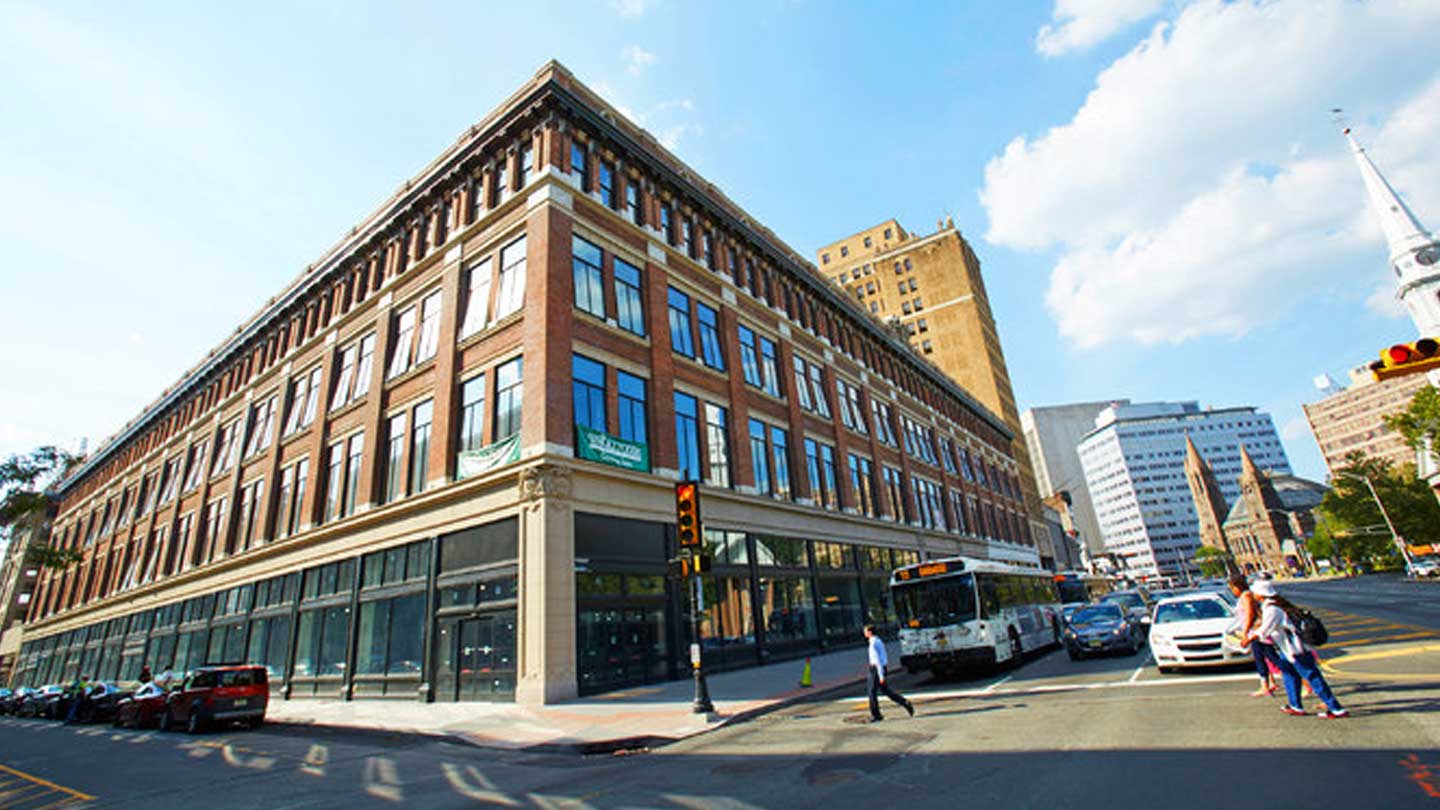By Ronda Kaysen, August 19, 2016
In Newark’s Central Ward, not far from the site of the 1967 riots, a market-rate rental building opened earlier this year with 152 apartments and its name, 24 Jones, emblazoned in cheerful orange lettering on the blocky, colorful facade. Promotional materials invite prospective tenants to “come to a place where everything is possible.”
What, exactly, is possible in Newark? That is the question driving this next chapter of the city’s history. With about $2 billion in commercial and residential development underway, 1,500 units of housing are under construction and another 4,000 are planned, according to the city’s department of economic and housing development. Corporate dollars have poured into the city in recent years. Since 2008, Goldman Sachs has invested $500 million in the city, and Prudential Financial, which is based in Newark, has invested $368 million.
Vacant lots are being redeveloped, like the 11-acre parcel that now houses 24 Jones, which is the residential piece of a $94 million project called Springfield Avenue Marketplace that also includes a ShopRite and other stores. Forsaken buildings are being renovated, such as the 1901 Hahne & Company department store, which had been a grand shopping destination until it shut in the 1980s, languishing downtown ever since, a hulking testament to how far the city had fallen. By next year, a $174 million restoration will transform the structure into 160 apartments, a cultural center for Rutgers University and a Whole Foods Market.
(for more of the article click on the following link)
